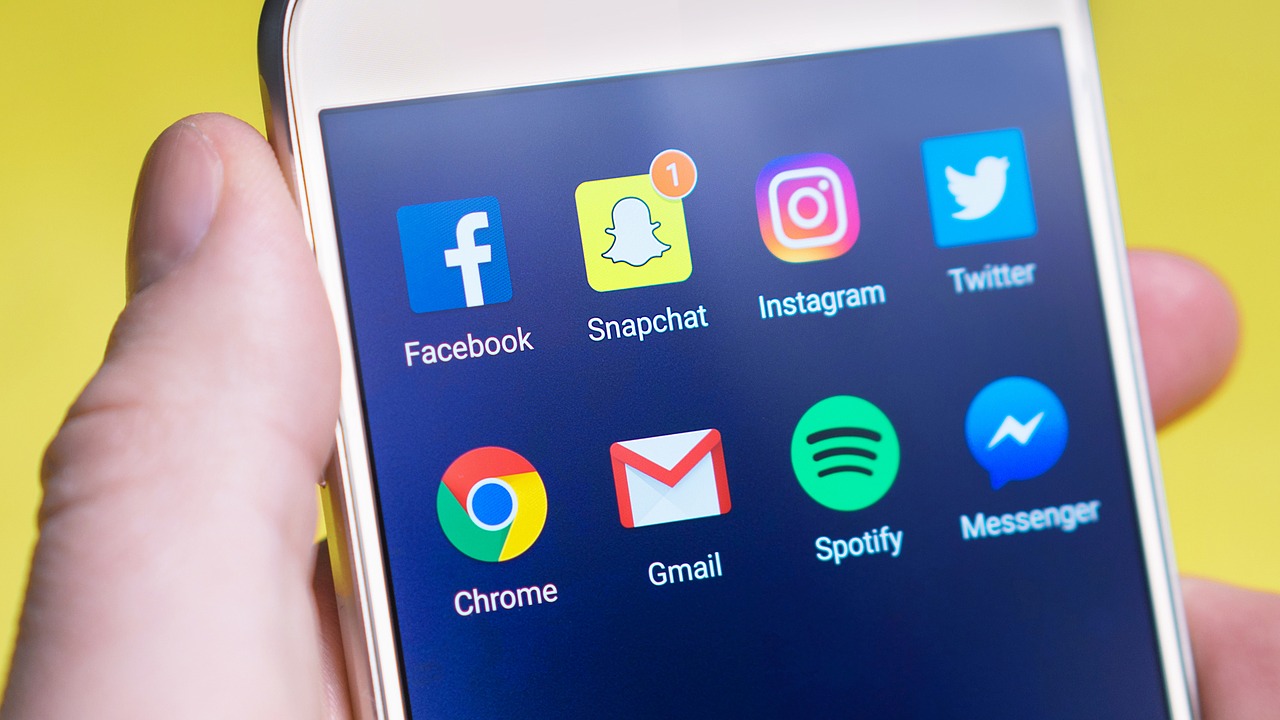
In my previous post about problem statements, I mentioned that creating a problem statement can be helpful in the ideation phase of Design Thinking. The project that I worked on for this assignment focused on point of view (POV) statements from three different apps.
POV statements are a bit different from the problem statements I made for Undercover Boss. According to the Interaction Design Foundation, a POV statement is “a meaningful and actionable problem statement”. The statement usually will help you with the design work after creating statements to go off of. Focusing on the statement you make from the user perspective will help the user in the end because their needs will be the driving force of creating something useful for them.
In the project I made for this assignment I focused on three apps from the Apple app store. The three apps that I used was Tinder, Uber, and Snapchat to make problem statements. You may be wondering how I came up with the problem statements. Well, here is what I did. To get the problem statements I went to the App store and looked into the review section of each app. I collected three positive comments, three negative comments, and 3 constructive comments from the users who were using each app.
Looking at both the negative comments and the constructive comments from the users I came up with statements from the users that I thought needed attention. As I was looking at the comments many of the users of each app stated different needs from the Apps. The users also stated ways in which the app developers can change things to better help them or other users.

Going into reviews and comments from customers can be a very beneficial and helpful way to change the UI or design of the product you are giving to customers. Making a point of view statement from the users perspective by looking at the reviews is similar to interviewing users about products and services.
HERE is a link to the PDF I made for the three apps I made POV statements about. In the PDF I placed the rating next to each app and a description of what the app is about according to the App store. Each of the apps is followed by three different categories of positive, negative, and constructive comments from the users. I took screenshots of these comments and placed them in the PDF so you can read what the users are saying about the app they use. Take a look HERE at the PDF.
Designing these problem statements made me understand much deeper into how to organize a problem statement from a users’ perspective. Before completing this assignment, I learned about problem statements but it was tough for me to understand coming up with a statement from a user perspective. By creating multiple POV statements from the three apps I used I managed to get great practice on making POV statements which will help me later in the field of UX Design.










